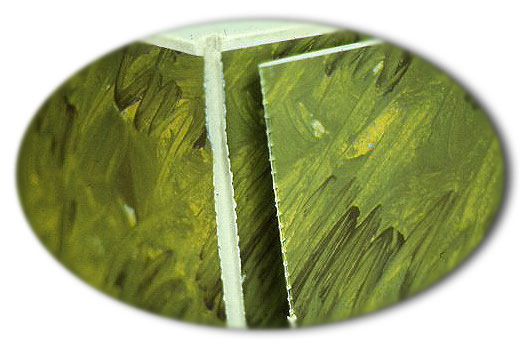Publisher’s Sewn Bindings
 The printed materials used in a library environment are produced in many different ways. The sheets, whether printed on both sides by sheet-fed, web or digital presses, are folded into “signatures”. Most often, these signatures contain 16 pages, although many other variations are possible, all depending on the final format, the presses used, etc. A bind fold is necessary to saddle stitch or saddle sew a pamphlet or a very thin book.
The printed materials used in a library environment are produced in many different ways. The sheets, whether printed on both sides by sheet-fed, web or digital presses, are folded into “signatures”. Most often, these signatures contain 16 pages, although many other variations are possible, all depending on the final format, the presses used, etc. A bind fold is necessary to saddle stitch or saddle sew a pamphlet or a very thin book.
Most magazines and many thin paperbacks you receive are saddle stitched. If they contain 48 pages, for example, three individual signatures are inserted into each other and are then stitched (stapled) or sewn through the fold. Often the cover is the same paper as the inside pages, sometimes a more rigid paper cover is used. The problem with these saddle bindings is that it is not possible to put any identification regarding the content on the spine. To make a few extra dollars, publishers often “package” such bindings into a flimsy hardcover. Using a square back technique, they now are able to print a title on the spine. The covering material used is usually only a weak paper. The inside pages may be sewn but are not reinforced. In other words, the printed material furnished is not suitable for circulation in a library environment. What then should a librarian responsible for the maintenance of a collection do?
The very first thing you should do is to contact a supplier, a pre-binder like Bound to Stay Bound Books. Check their inventory to see if the title you desire is available already prebound for library use. If they do have it, is it guaranteed to be bound in accordance to the NISO/LBI (National Information Standards Organization/Library Binding Institute) specifications? Such a binding will allow you to circulate the book at least 100 times! Conversely, if you circulate a saddle bound book as published, you may get only a few readings out of it, a very costly endeavor!
The NISO/LBI specifications call for a stronger method, side sewing, to be used for thin books. The book will also receive appropriate reinforcements, cloth reinforced end papers, etc. These are the white sheets which make the connection to the cover. A hard cover then is constructed with NISO approved quality board. Grade F or E buckram, the very best and most durable, is used as a cover material. Pre-binders like Bound to Stay Bound will print the original dust jacket images onto the specified cloth. The cover will include the title and author on the spine of the bound book. These steps, while adding time and expense for the pre-binder, are what make a prebound book last longer than a publisher’s saddle bound book.
